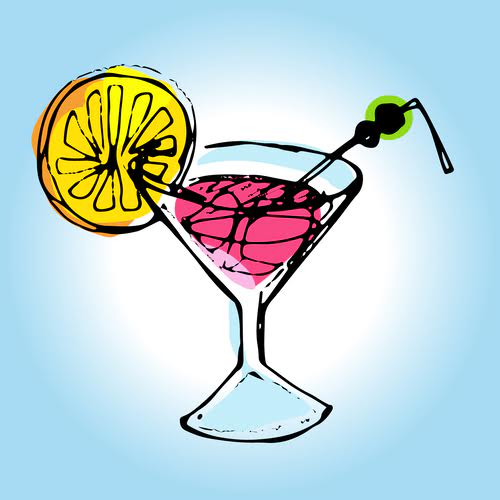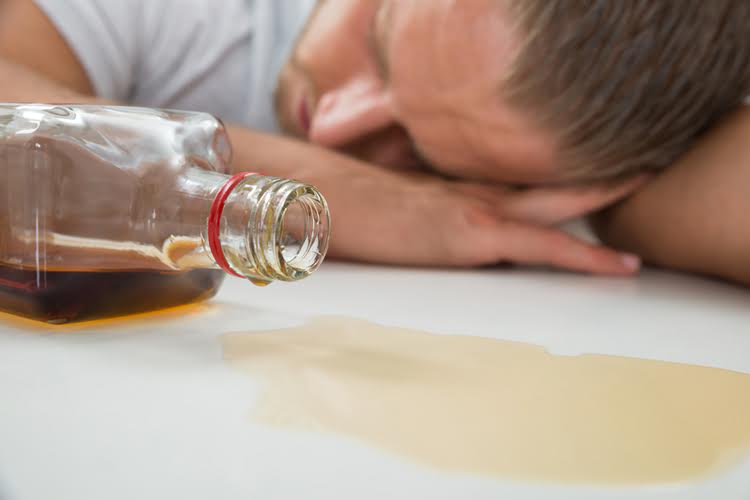Ask different programs if they offer sliding-scale fees—some programs may offer lower prices or payment plans for individuals without health insurance. The three-step road map outlined in the NIAAA Alcohol Treatment Navigator offers expert guidance to focus and support your efforts. Learn how to find higher quality, science-backed alcohol treatment to raise your changes for success. Currently, there are three medications approved for AUD in the United States, and they are https://www.drsunnygoel.com/unwatched-a-sober-home-business-boomed-then-they/ an effective and important aid in the treatment of people with this condition. Motivational enhancement is conducted over a short period of time to build and strengthen motivation to change drinking behavior.
Complications
- While it’s important to note that there is no cure for alcohol withdrawals, per se, there are many different natural treatments that may help you to manage your symptoms.
- A severe case of alcohol withdrawal can lead to complications, some of which can be life-threatening.
- Alcohol is normalized in our society, but it’s actually a drug that has incredibly harmful effects on our health.
- If throwing everything away feels too hard, give it away to a friend or family member.
Alcohol withdrawal (alcohol withdrawal syndrome) is Alcoholics Anonymous a range of symptoms that can happen if you stop or significantly reduce alcohol intake after long-term use. The best treatment for alcohol withdrawal hinges on the severity of symptoms. Some people can recover at home with medical supervision, but most benefit from clinical care.

Groups for Family and Friends
Within six hours of your last drink, mild symptoms of alcohol withdrawal may begin to appear. If you notice your symptoms do not progress or get worse within 24–48 hours, you will likely recover from withdrawal without risk. However, depending on the amount of alcohol typically consumed and the duration of alcohol use, the timeline of symptoms may vary. This means that the brain and central nervous system have gotten used to the constant presence of alcohol in the body. Due to this, the central nervous system has created a mechanism to compensate for alcohol’s depressive effects on brain function.
MILD SYMPTOMS (CIWA-AR SCORE LESS THAN 10 OR SAWS SCORE LESS THAN
IOPs often only include group treatment, although some include individual therapy as well. Cognitive–behavioral therapy can take place one-on-one with a therapist or in small groups. This form of therapy is focused on identifying the feelings and situations (called “cues”) that contribute to heavy drinking and managing stress that can lead to a return to alcohol withdrawal cure drinking. The goal is to change the thought processes that lead to alcohol misuse and to develop the skills necessary to cope with everyday situations that might trigger alcohol misuse. If you have any of these symptoms, alcohol may already be a cause for concern. A health care provider can look at the number, pattern, and severity of symptoms to see whether AUD is present and help you decide the best course of action.

Alcohol withdrawal syndrome vs. a hangover
AUD is characterized by an impaired ability to stop or control alcohol use despite adverse social, occupational, or health consequences. Health care providers diagnose AUD when a person has two or more of the symptoms listed below. AUD can be mild (the presence of two to three symptoms), moderate (the presence of four to five symptoms), or severe (the presence of six or more symptoms).